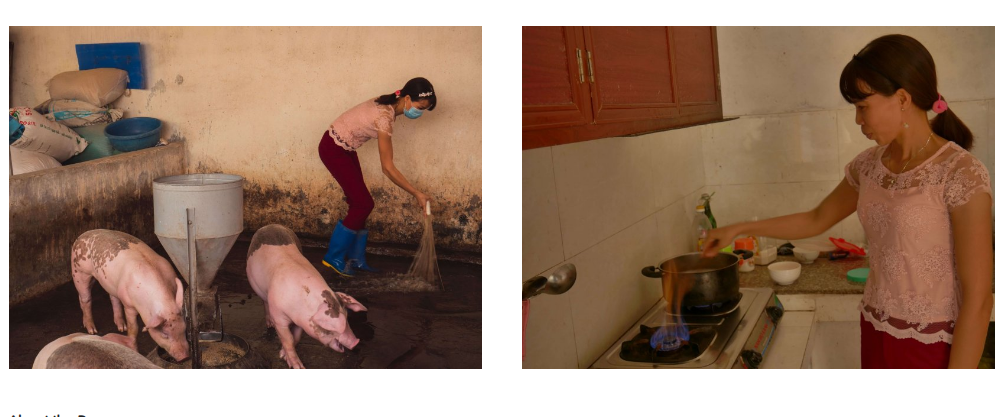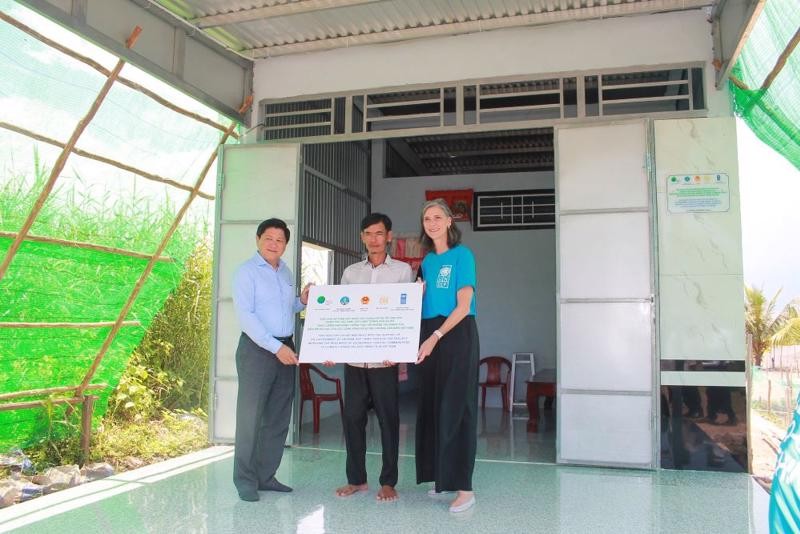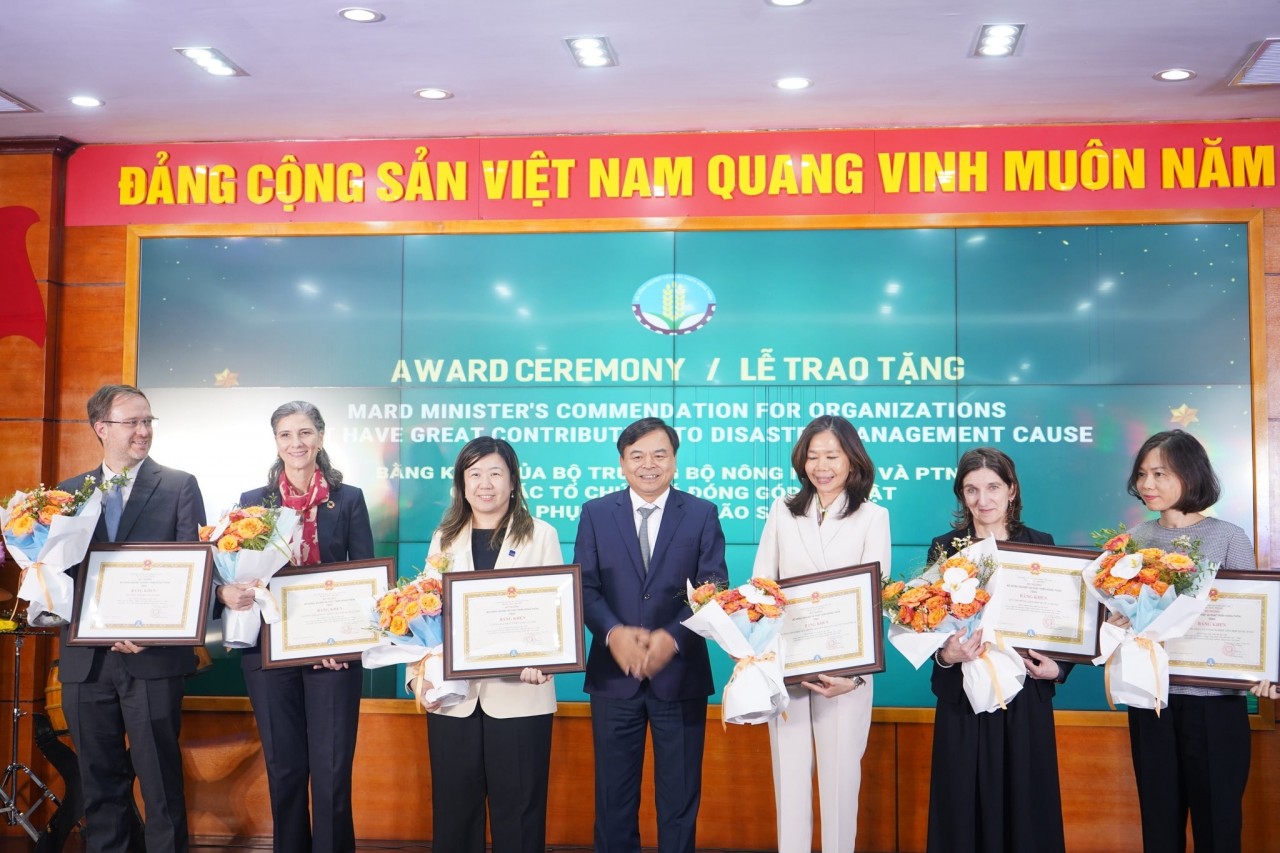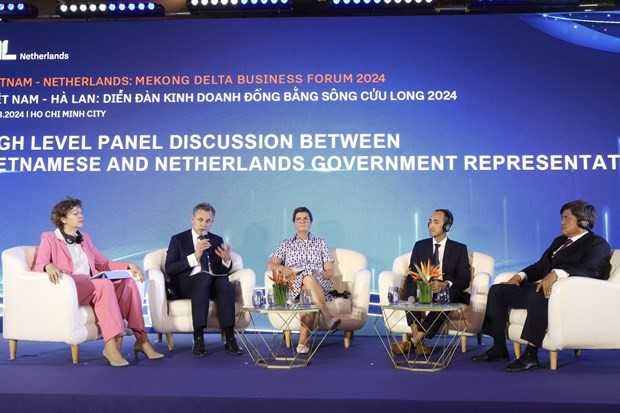Vietnam, WB sign USD51.5 mil deal to cut carbon emissions and reduce deforestation
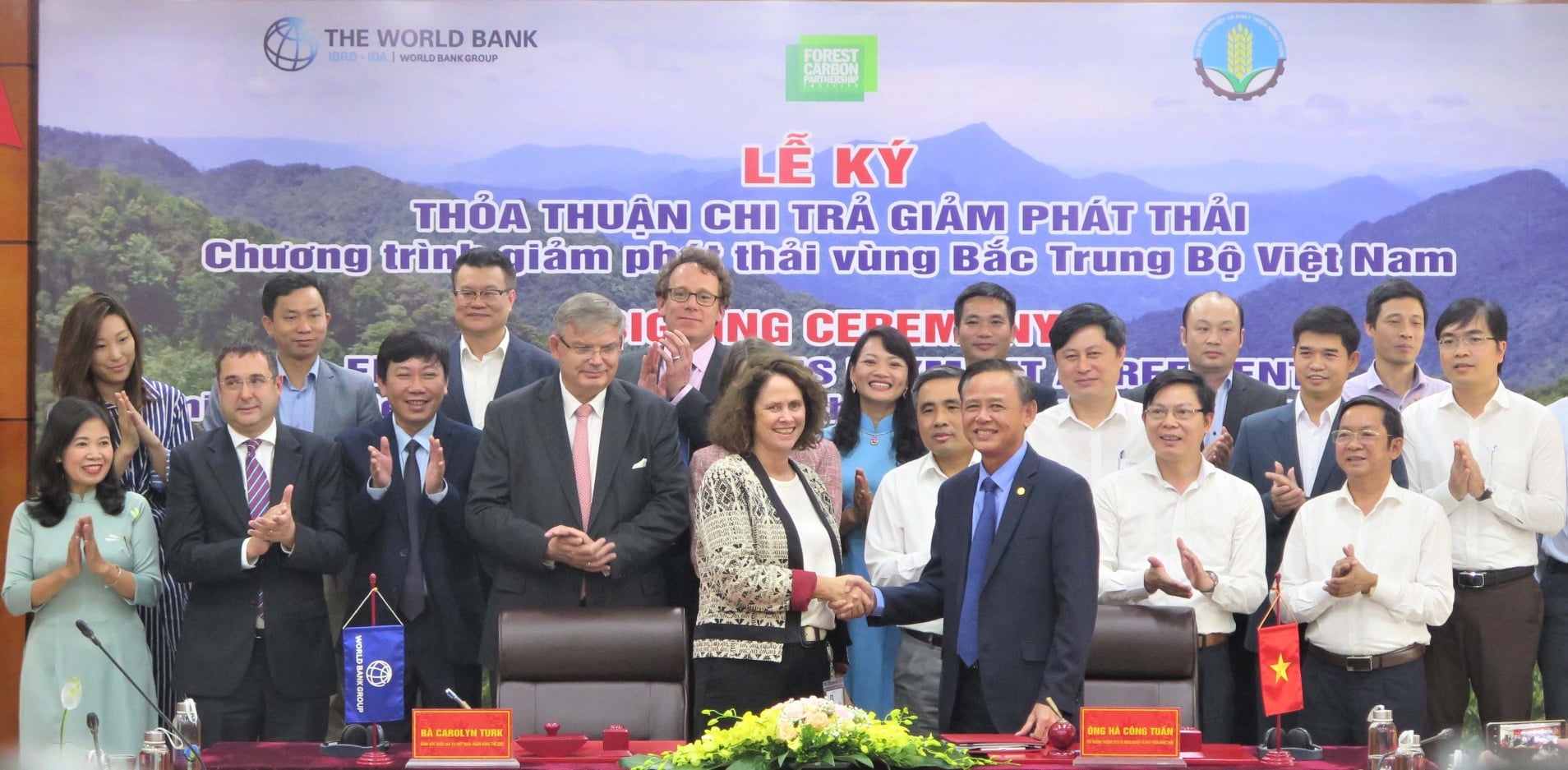 |
| At the signing of the Emission Reduction Purchase Agreement (ERPA). |
With this Emission Reductions Payment Agreement (ERPA) in place, Vietnam is expected to reduce 10.3 million tons of carbon dioxide emissions from six North Central Region provinces of Thanh Hoa, Nghe An, Ha Tinh, Quang Binh, Quang Tri and Thua Thien Hue to receive USD 51.5 million from the FCPF.
“Vietnam has shown tremendous leadership in developing robust programs to deliver forest emission reductions at scale,” said Carolyn Turk, World Bank Country Director for Vietnam. “This agreement marks the beginning of a new chapter for Vietnam, where new and significant incentives for forest protection and improved management are now in place to help the country meet its ambitious climate targets.”
Vietnam’s Emission Reductions Program is designed to address the underlying causes of forest loss in the country’s North Central Region and by so doing reducing emissions from deforestation and forest degradation.
The program will also support forest restoration. The region was chosen for its critical biodiversity importance and socio-economic status. The program area covers 5.1 million hectares of land (16 percent of the land area of the country), of which 3.1 million hectares are currently forested, and includes five internationally recognized conservation corridors. It is home to approximately 10.5 million people, nearly one third of whom live below the national poverty line.
“Vietnam’s program follows a preparation phase that built our readiness to engage in an emission reduction payment agreement of this kind and is a step towards full implementation of forest carbon services in Vietnam. This agreement highlights the collaboration between Vietnam, FCPF and the World Bank to meet international climate targets laid out in the Paris Agreement,” said Ha Cong Tuan, Standing Vice Minister of Agriculture and Rural Development.
“Our program will mobilize important additional financing to invest in our forests and reduce forest degradation while generating income for forest owners and improving sustainable development in the North Central Region.”
 |
| Ha Trung District's rangers inspect the pine forest in Ha Trung township, the central province of Thanh Hoa, to prevent fire risks ahead of the dry season. VNA/VNS Photo Vu Sinh |
Vietnam is the first country in Asia-Pacific and fifth globally to reach such a milestone agreement with the FCPF. ERPAs are innovative instruments that incentivize sustainable land management at scale and help to connect countries with other sources of climate financing.
The resources from the FCPF provide new opportunities to conserve and regenerate forest landscapes and biodiversity while simultaneously supporting sustainable economic growth, which is critical for Vietnam’s development going forward.
The Forest Carbon Partnership Facility (FCPF) is a global partnership of governments, businesses, civil society, and Indigenous Peoples' organizations focused on reducing emissions from deforestation and forest degradation, forest carbon stock conservation, the sustainable management of forests, and the enhancement of forest carbon stocks in developing countries, activities commonly referred to as REDD+.
Launched in 2008, the FCPF has worked with 47 developing countries across Africa, Asia, and Latin America and the Caribbean, along with 17 donors that have made contributions and commitments totaling USD 1.3 billion./.
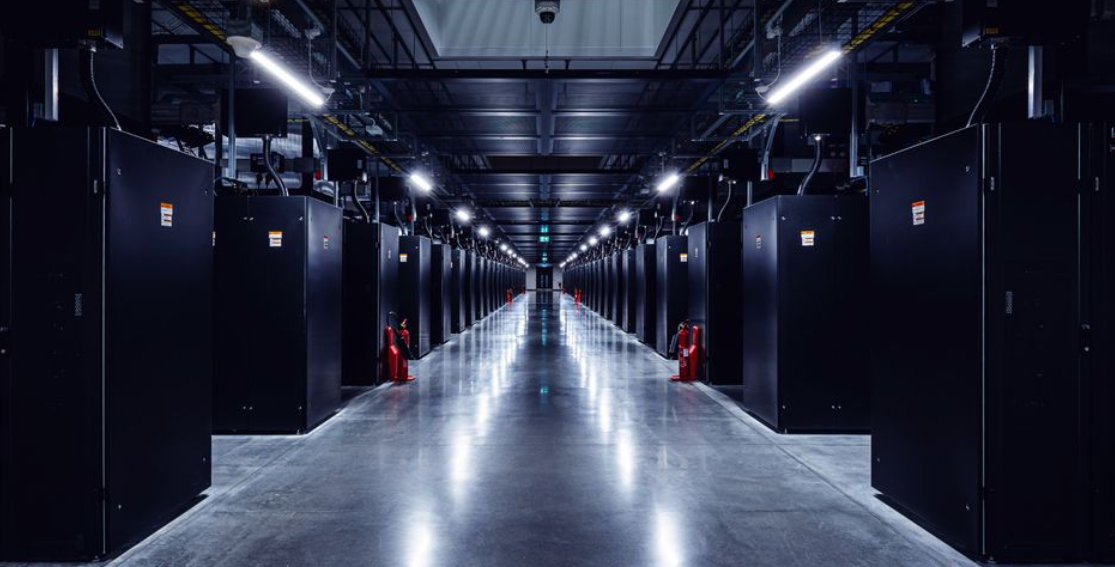 | Facebook launches climate change information center and planing to become carbon neutral Facebook admits that climate change “is real” and that “the science is unambiguous and the need to act grows more urgent by the day” so ... |
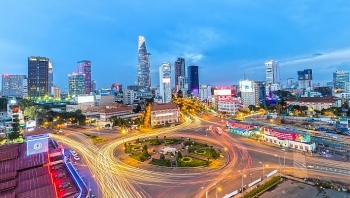 | Two Vietnamese start-up winners for 2020 Asia-Pacific Low Carbon Lifestyles Challenge Two Vietnamese start-ups, among 07 others in Asia and the Pacific, to be proundly announced as the 2020 winners of a UN Environment Programme (UNEP) ... |
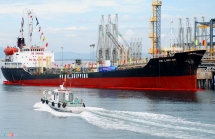 | Vietnam's coastal economic zones strive for low-carbon economy Renovating technology, reducing greenhouse gas emissions and developing a low-carbon economy are methods being used by coastal EZs in the new development period. |
Recommended
 Viet's Home
Viet's Home
Vietnam’s People's Public Security Force Actively Contributes to UN Peacekeeping Operations
 Viet's Home
Viet's Home
HAUFO Enhances Competence of People-to-People Diplomacy Personnel
 Viet's Home
Viet's Home
Hands that Reserve Da Long Brocade Craft
 Viet's Home
Viet's Home
Da Rsal – How Digital Transformation Reshape a Poor Commune
Popular article
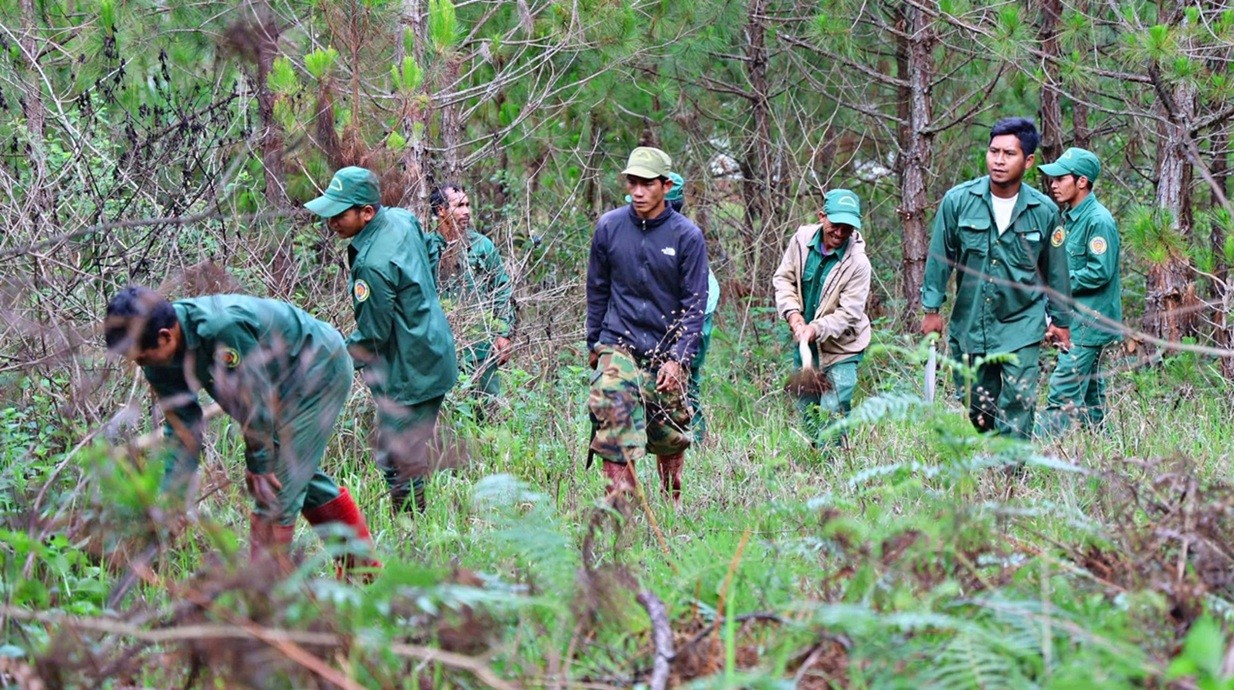 Viet's Home
Viet's Home
Vietnam Classified as “Low Risk” Under the EU Anti-Deforestation Regulation
 Viet's Home
Viet's Home
Vietnamese Architect Wins the Diversity in Architecture Award 2025
 Viet's Home
Viet's Home
Vietnamese Photographer Triumph in Global Food Photography Contest
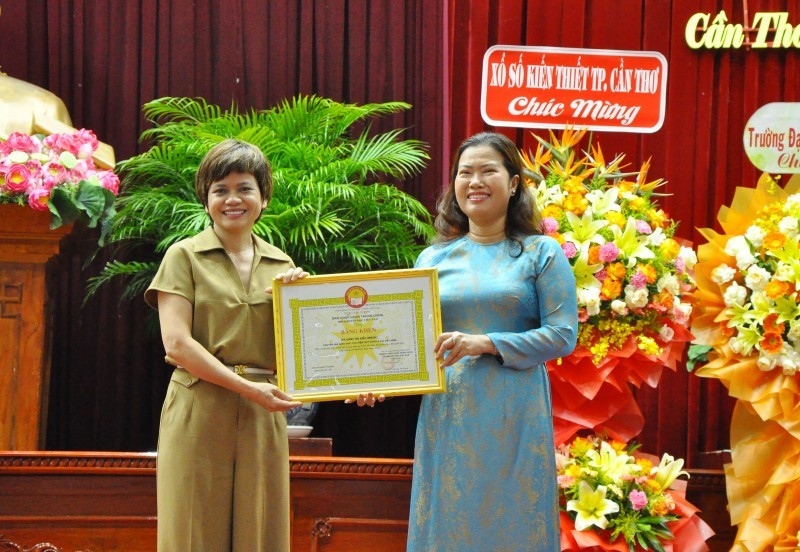 Viet's Home
Viet's Home

